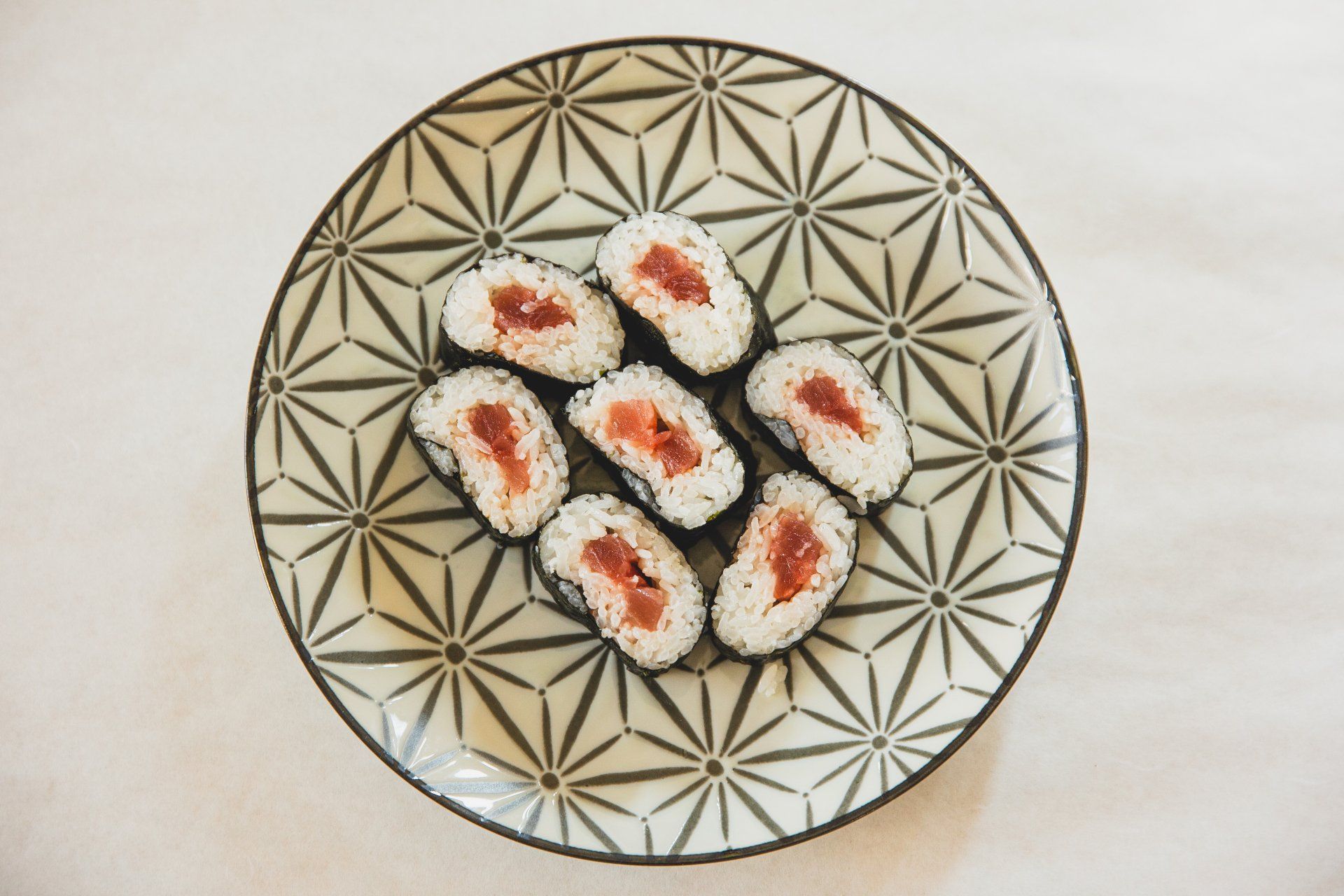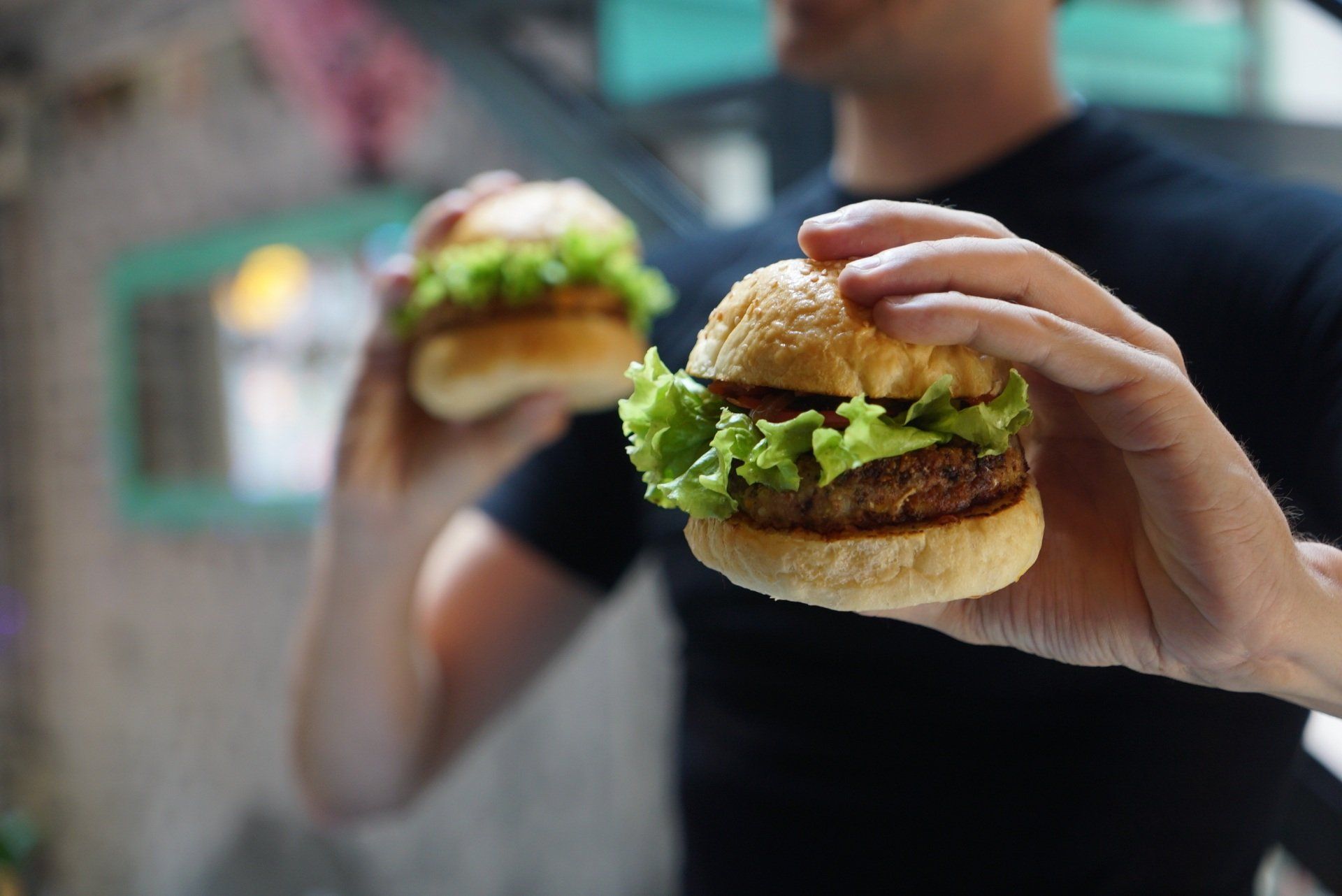Best Diet Plan For Short-Term Weight Loss
#3 The Flexitarian Diet
Why It Won
One of the great things about the flexitarian diet is that it is very flexible. That means you can tailor it to your own personal preferences and dietary needs. For example, if you have a food allergy or intolerance, you can simply avoid eating the foods that bother you. Or, if you're trying to lose weight, you can focus on eating mostly plant-based foods and limiting your intake of animal products.
What Is the Flexitarian Diet?
The flexitarian diet is a plant-based diet that allows for small amounts of animal protein. This diet is becoming increasingly popular as people look to adopt a healthier lifestyle. This diet can be adapted to fit any lifestyle and can be tailored to meet your individual needs. Whether you are looking to lose weight, improve your overall health, or simply want to eat more plants, the flexitarian diet may be right for you.
Background
The Flexitarian Diet is a style of eating that emphasizes plant-based foods while still allowing for occasional meat and animal products. The term “flexitarian” was coined in 2009 by Dietitian Dawn Jackson Blatner, and the diet has been gaining popularity in recent years.
The flexitarian approach to eating is based on the principle that most people can healthfully incorporate more plant-based foods into their diet without giving up meat entirely. This way of eating has many benefits, including reducing your risk of chronic diseases, such as heart disease and cancer; promoting weight loss; and improving digestion.
The Flexitarian Diet also has a healthy environmental impact. Producing meat requires significantly more land, water, and energy than growing plants. Therefore, flexitarians typically have a smaller carbon footprint than people who eat meat at every meal.
What We Love About The Flexitarian Diet
Benefits
The flexitarian diet is a type of semi-vegetarianism that emphasizes plant-based foods while still allowing for the occasional consumption of meat and other animal products. Proponents of the diet argue that it offers many of the same health benefits as a vegetarian or vegan diet, but is more sustainable and easier to follow long-term.
Some of the potential benefits of following a flexitarian diet include weight loss, reduced risk of chronic diseases such as heart disease and cancer, and improved gut health. Additionally, plant-based diets have been shown to have numerous environmental benefits, such as reducing your carbon footprint and lowering your water usage.
Research Studies Backing Up The Benefits
The benefits of the flexitarian diet are supported by research studies. One study found that the flexitarian diet may help reduce the risk of heart disease, stroke, and diabetes. The study also found that the flexitarian diet may help promote weight loss. Another study found that the flexitarian diet may help reduce inflammation. The study also found that the flexitarian diet may help improve gut health.
Advantages Over Other Diets
For one, it is a more balanced approach to eating, allowing for both meat and plant-based foods to be consumed. This means that you can still enjoy your favorite dishes while getting the nutrients your body needs from a variety of sources.
Another advantage of the flexitarian diet is that it is generally easier to stick to than other diets. This is because there are no strict rules to follow, so you can tailor your meals to suit your own preferences and tastes. This flexibility can make it much easier to maintain a healthy weight in the long term.
Finally, the flexitarian diet has been shown to have a number of health benefits. Studies have shown that it can help to reduce the risk of heart disease, obesity, and type 2 diabetes. It can also help to improve gut health and increase energy levels. So, if you're looking for a healthy way to lose weight and improve your overall health, the flexitarian diet may be right for you.
How To Follow The Flexitarian Diet
If you’re interested in trying the Flexitarian Diet, start by gradually adding more plant-based foods to your meals and snacks, and reducing your intake of meat and animal products.
There are no strict rules to follow, so you can tailor the diet to fit your individual preferences and needs. With a little planning, it’s easy to make delicious, healthy, and satisfying flexitarian meals that the whole family will love!
A Typical Breakfast
There is no one-size-fits-all answer to this question, as the flexitarian diet can be adapted to suit individual preferences and needs. However, a typical flexitarian breakfast might include whole grain toast with avocado and egg, oatmeal with fruit and nuts, or a smoothie made with plant-based milk and fresh or frozen fruits and vegetables.
Whatever you choose, aim to include a variety of healthy ingredients that will help keep you energized and satisfied throughout the morning.
A Typical Lunch
The flexitarian diet is a great way to eat healthy and still enjoy some of your favorite foods. A typical lunch recommended by the flexitarian diet might include a salad with beans, whole grain bread, and fruit. You could also have a veggie wrap with hummus or a vegetarian chili. And don't forget to drink plenty of water!
A Typical Dinner
The best flexitarian dinner will vary depending on your individual preferences and dietary needs. However, some general tips for creating a delicious and nutritious flexitarian dinner include: including plenty of fresh fruits and vegetables, choosing lean protein sources, and avoiding processed foods.
Additionally, it can be helpful to meal plan ahead of time so that you have a variety of healthy options to choose from during the week. By following these simple guidelines, you can create a delicious and healthful flexitarian dinner that meets your unique needs.
Typical Snacks
Some suggested snacks for flexitarians may include fruits and vegetables, nuts and seeds, whole grain crackers or breads, yogurt, tofu, tempeh, or bean dips. Basically, any snack that is high in nutrition and low in unhealthy ingredients would be a good choice for those following a flexitarian lifestyle.
Three Prototype Recipes From The Diet
1. Roasted Butternut Squash Soup with Kale and Quinoa: This hearty soup is perfect for a winter meal. roasted butternut squash, kale, and quinoa make it filling and nutritious, while spices like ginger and cumin give it a warming flavour.
2. Spring Vegetable Frittata: This frittata is light and refreshing, making it ideal for a springtime brunch or dinner. It's packed with fresh vegetables like asparagus, peas, and zucchini, and gets a hint of flavour from Gruyere cheese.
3. Black Bean and Sweet Potato Enchiladas: These enchiladas are a fun and easy way to eat your vegetables. Black beans, sweet potatoes, and plenty of cheese are wrapped in soft tortillas and smothered in a homemade enchilada sauce. They're perfect for a Meatless Monday meal.
Downsides Of The Flexitarian Diet
While the Flexitarian Diet has many possible benefits, there are some downsides and drawbacks to be aware of.
One potential downside is that people may not get enough of certain nutrients if they cut back on meat and animal products, depending on the nutritional content of their other food choices. Possible nutrient deficiencies to be aware of on the Flexitarian Diet include:
vitamin B12
zinc
iron
calcium
omega-3 fatty acids
A review of the research on vitamin B12 deficiency found that vegetarians may be at risk for deficiency, with 62% of pregnant vegetarians and up to 90% of older adult vegetarians having a deficiency.
Another potential downside is that the Flexitarian Diet may be difficult to stick to long-term. This is because it requires a significant change in eating habits, and people may find it hard to maintain such a diet over the long term.
5 Respected Health Websites That Endorse This Diet










